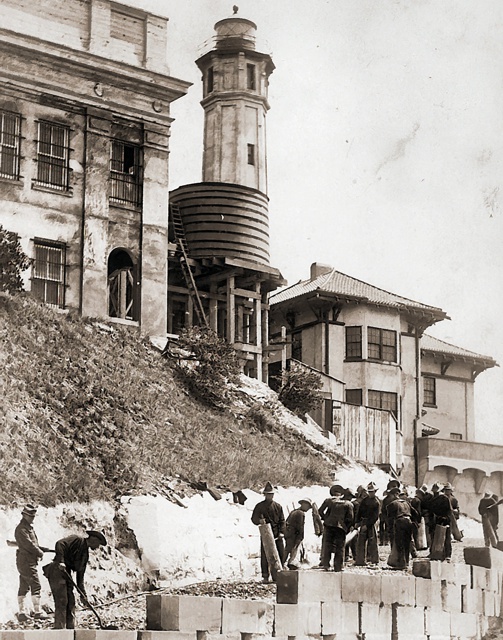D-Block prisoners were stripped of daylight, conversation, and sometimes clothing. They would be fed through a slot in the door, left in near-total darkness. Some inmates later said they lost track of time; others developed hallucinations and mental breakdowns. Yet, paradoxically, Alcatraz also became a place of strange mental resilience. Inmates who survived its routines often emerged with sharper discipline and control over their emotions. As one former prisoner put it.
One of the most significant events in Alcatraz’s post-prison history is the Native American occupation that began in November 1969. A group calling themselves the Indians of All Tribes took over the island to protest federal policies that had stripped Native people of their lands and rights. They cited the Treaty of Fort Laramie (1868), which they claimed entitled Native Americans to unused federal land. Alcatraz, no longer in use, fit that category. The occupation lasted for 19 months, drawing national attention to Indigenous issues and inspiring a new era of Native American activism.


